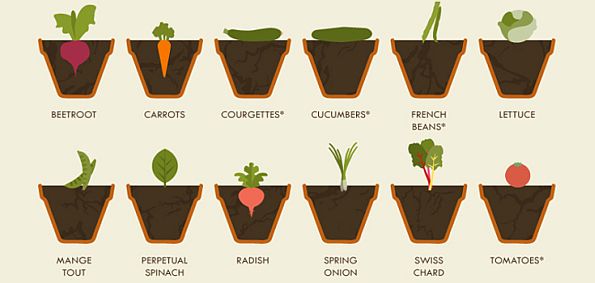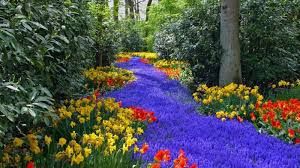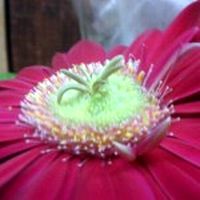When to plant, when to harvest, and more

Mike Barrett – With Spring coming through, it’s time to start planning for that beautiful organic garden. Let’s face it; one great way to avoid the threat of genetically modified foods, pesticides, and toxic additives is to start your own organic garden. Whether you have gardened before or you will just be getting into it for the first time, below you will find a very helpful infographic with tons of information to make your experience that much easier.
From choosing the right seeds to knowing where and when to plant the seeds, there are tons of bits of information to know for a successful gardening venture. In addition to checking out NaturalSociety’s earlier posts on basic gardening skills and how to choose the best seeds, you must check out the infographic below to learn numerous essentials for vegetable planting.
As the infographic, courtesy of AnglianHome, shows:
10 Things This Vegetable Growing Cheat Sheet will show you
- When to plant
- How far apart to plant seeds
- What needs propagating
- What needs to be in a greenhouse
- What size pot to plant in
- Distance to thin seedlings out to
- Germination & maturation times
- Which pests to look out for
- What veg works best together
- When to harvest!

 One of the most beautiful occupations on Earth is that of the gardener.
One of the most beautiful occupations on Earth is that of the gardener. First, I comb through the bouquets, camera in hand. I look at the most obvious part of the plant, the flower head including petals and center. If I can spot a mutation, I check the stem and related leaves included. I look for color anomalies as well, as we know from past research mutations in color genes is another known effect of exposure.
First, I comb through the bouquets, camera in hand. I look at the most obvious part of the plant, the flower head including petals and center. If I can spot a mutation, I check the stem and related leaves included. I look for color anomalies as well, as we know from past research mutations in color genes is another known effect of exposure. Plato, Fibonacci, and Johanes Kepler all made contributions to the discovery and application of the
Plato, Fibonacci, and Johanes Kepler all made contributions to the discovery and application of the